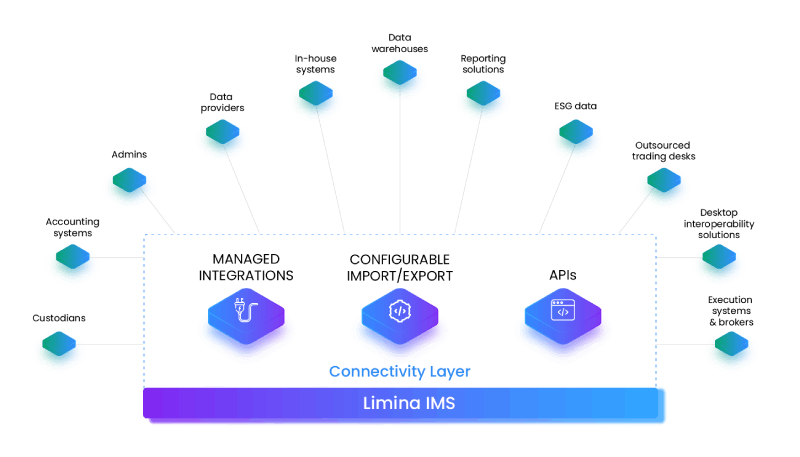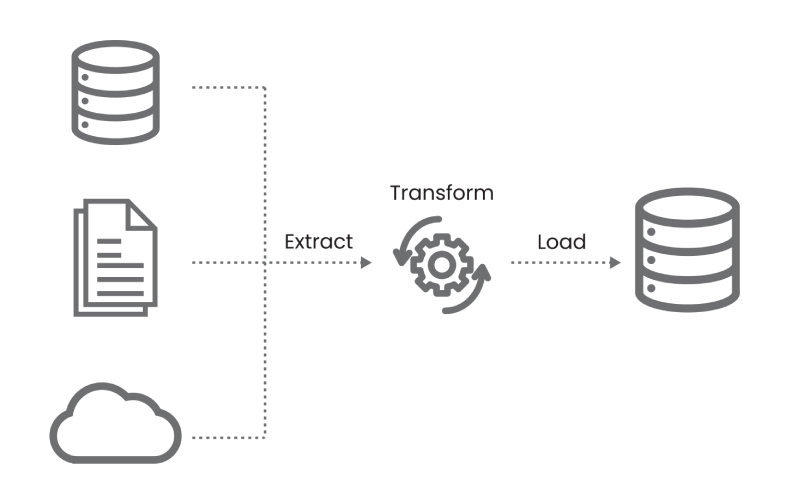
How Limina's Investment Management Software Can Lower Operational Risk
As former Asset Managers, we’re wary of claims made by vendors. Claims like “We’re the best investment data management system” and “We help you achieve good data quality“ gets thrown around. We’ve been burnt more than once in the past by vendor sales teams that overpromise and underdeliver.
As investment managers turned vendors, we find that we do make claims about what we can help prospective clients achieve. and, we can back all these claims up. We’re also completely transparent with when we believe our solution is a great fit and when we believe it’s not.
Hence, this is one article in a series of five, where we go into why we make the claims we do. This article is about how we help our clients manage operational risk. The other four articles can be found on the side of this article or on the claims we make page.
If you prefer to watch a video instead of reading, we’ve summarised the content of this article in the video below:
1. End-to-end Front-to-Back Investment Portfolio Management Software Lowers Operational Risk
The system landscape of Asset Managers can be divided into two extremes: best-of-breed to all-in-one.
Best of breed means choosing the best system out there for a specific functional area or asset class. The result is a large set of systems that are best at what they do.
All in one means software that covers virtually all functional areas, i.e. a front-to-back solution. You have fewer systems, but the system might not have market-leading functionality in all areas.
In practice, most asset managers have a current and target operating model (TOM) where they fall somewhere in between. i.e. it’s a greyscale from best-of-breed to all-in-one. The below illustration highlights the six most common system landscapes we see and where Limina fits into most of them:

Best-of-Breed: Integrations to-and-from the Order Management Software
One of the key challenges with the best-of-breed approach is the integrations between systems that arise as a result. Typically, each system needs to integrate with multiple other systems. This creates an exponentially growing number of connections as you add more systems.
Every integration point between systems poses potential problems such as delays or misrepresented data. There is also a direct cost associated with the integrations. This is because they need to be both monitored in production and maintained over time as connection endpoints change.
Limina addresses this operational risk in two ways:
- Our solution can cover multiple functional areas in the Front and Middle Office (see more details below)
- We offer a wide range of approaches to connectivity and integrations. This means we have the most efficient, stable and cost-efficient integration available in each use case.

All-in-one: Holistic, End-to-End, Multi-Asset Investment Management System
Limina IMS helps reduce operational risk with holistic (end-to-end), multi-asset workflows, that cover the Front and Middle office workflows. This allows our clients to:
- Simplify their system landscape
- Rationalise the operating model
- Increase operational efficiency
This is achieved by simply reducing the number of systems and integrations involved.

Legacy systems have been built up over time to address new requirements such as asset class expansion, risk monitoring and reporting. Limina, in contrast, has been designed from day one to cover these functional areas natively and not bolted on over time. This meant a huge initial R&D undertaking. Our system spent five years in development prior to being formally launched into production in 2019.
2. Data Quality Controls to Achieve Best Investment Data Management
Another potential operational risk is the overall quality of the data that you base your investment decisions on. With Limina, investment data management isn’t an afterthought but rather a fundamental part of the design.
As an example, let’s assume you have 20 funds out of which one is a sustainability fund. That fund has a fund mandate which includes a carbon emission limitation on the holdings. Naturally, the condition on carbon emission is entered as a compliance rule. However, that rule needs carbon data on the instrument to be set before it can run. Hence, what we want is to add a contextual (“before trading in the sustainability find”) data quality control check.
This is all natively supported in Limina’s investment data management software, which is part of the investment portfolio management system.
Other examples include checks for data entered manually. We also offer a purpose-built ETL (Extract, Transform, Load) tool that allows business users to configure their own integration. This includes connections to in-house solutions and third-party data and service providers such as custodians.

3. An Investment Book of Record as the Core for Investment Data Quality Management
As a complete Portfolio Book of Record Limina’s IMS represents all trading and non-trading records as a reconciled time series of transactions.
As such, we provide a single source of truth for all data that makes up positions and cash. It’s worth noting, however, that this doesn’t mean the system is a single view! On the contrary, the IBOR supports any view for any use case.
For example, the front office might want to include simulated orders in their cash projections. Whereas the risk team might want to see only allocated transactions. These scenarios are inherently supported, eliminating the need for piecing together data in spreadsheets or data warehouses.
As a result, operational risk is further minimised and there is enhanced data oversight.
How Limina Can Help You Reduce Operational Risk
As we’ve demonstrated above, Limina’s Investment Management Software can help you as an asset manager to lower operational risk by:
- Being a holistic, end-to-end, solution that covers multiple functional areas in its original design.
- Embed data quality controls into the system, so that you can have confidence in your investment data (positions and cash), ensuring your operations team uncover any data quality issues before portfolio managers.
- Offering a live extract IBOR, which enables your front and middle office teams to look at the portfolio view always suited to their specific use cases.











